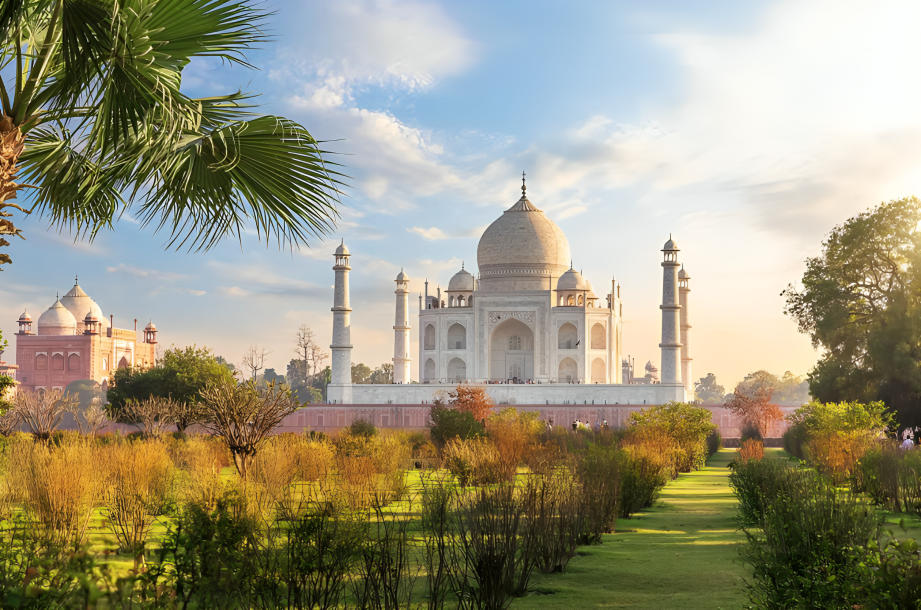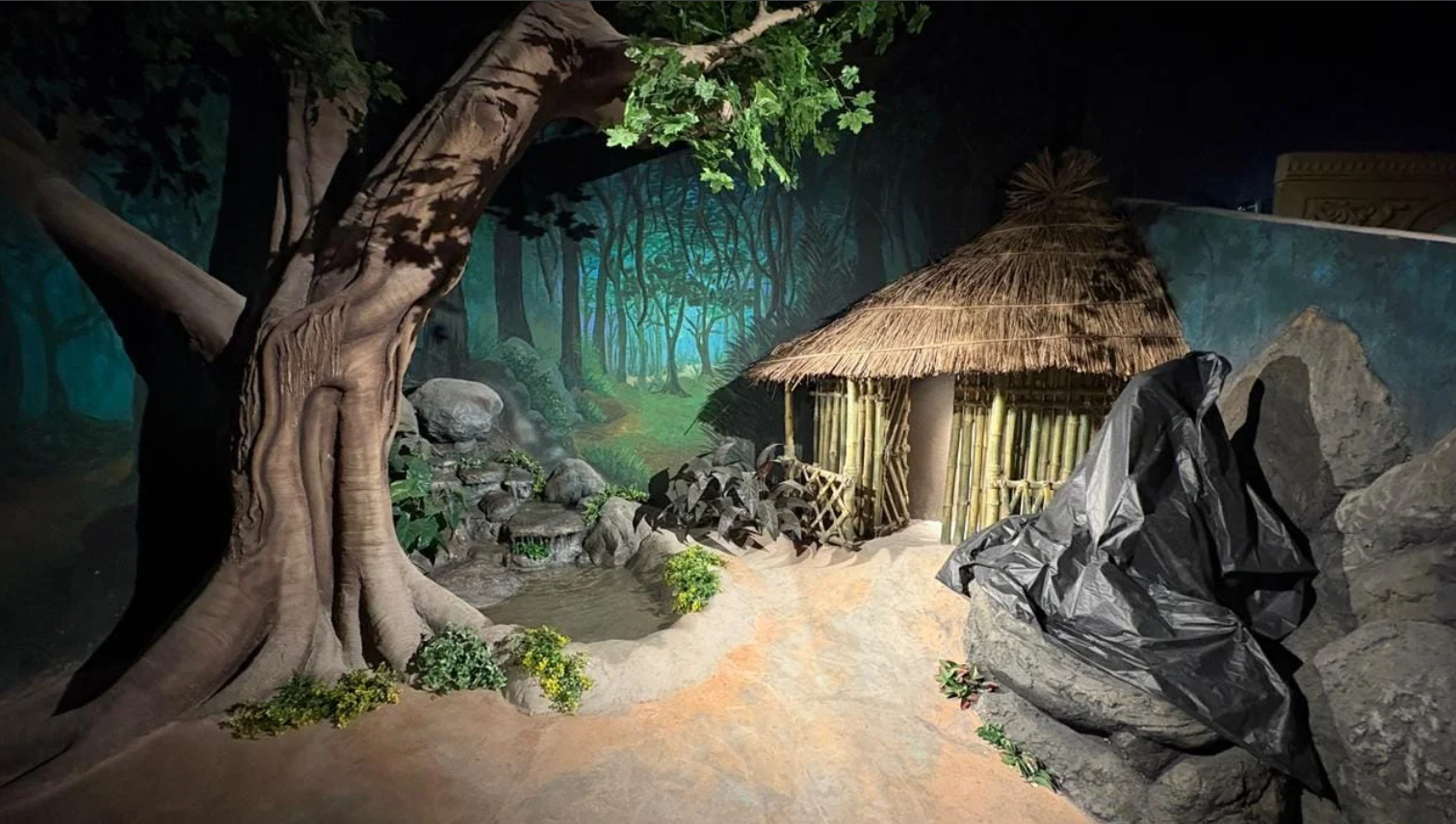India’s Mughal architecture is world-famous for its grandeur and elegance, often symbolized by iconic landmarks like the Taj Mahal, Red Fort, and Humayun’s Tomb. But beyond these celebrated sites lies an equally captivating world of lesser-known Mughal marvels that blend history, art, and serenity. As winter begins to set in across North India, it is the perfect time to explore these hidden gems that offer both beauty and calm away from the crowds.
Pari Mahal in Srinagar
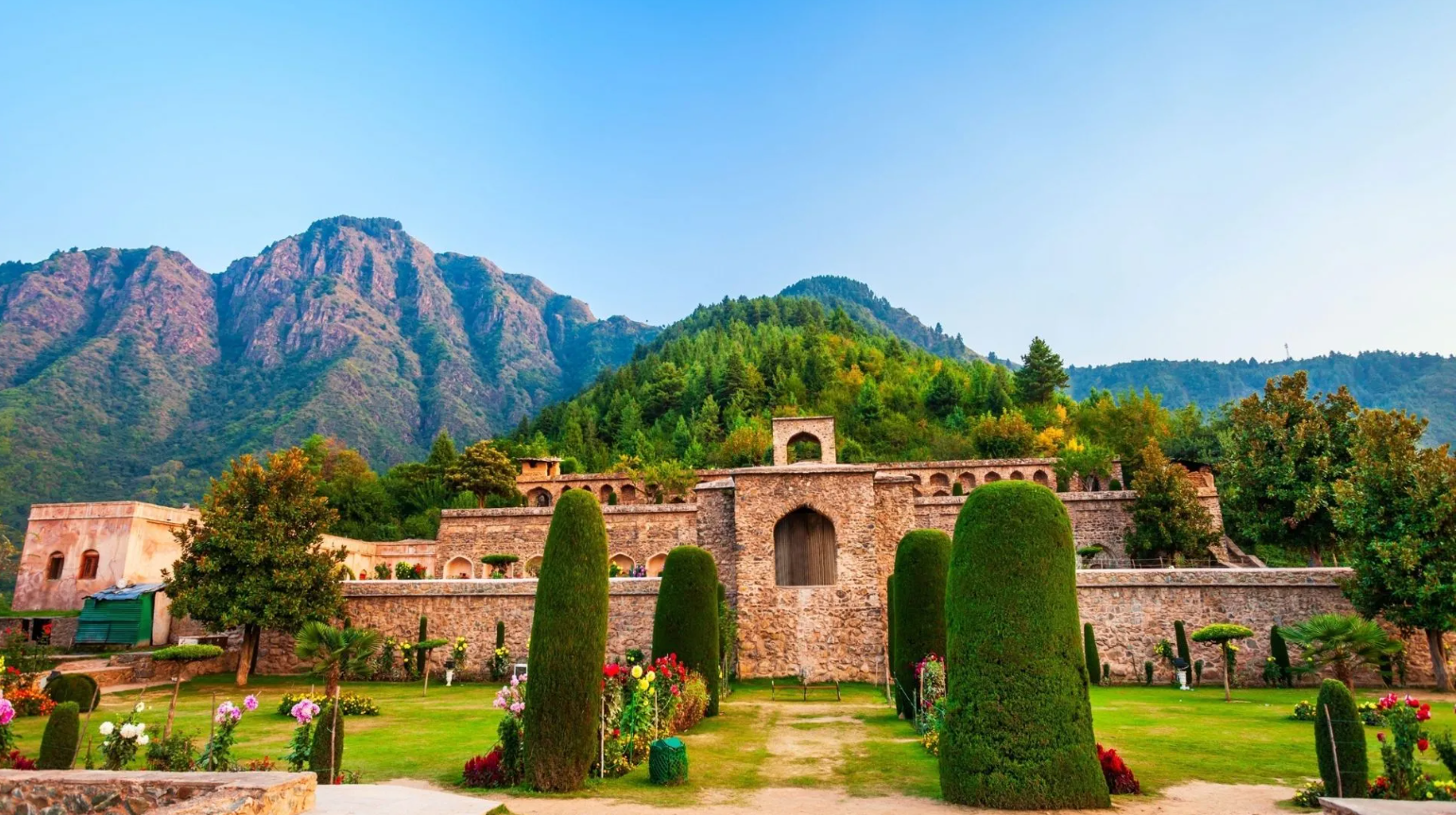
Perched high above the Dal Lake, Pari Mahal — also known as the “Palace of Fairies” — is one of Kashmir’s most magical Mughal-era structures. Built by Dara Shikoh, the son of Emperor Shah Jahan, in the 17th century, it features terraced gardens, vibrant flowers, and stunning arches that reflect Persian influences. The multi-level layout of Pari Mahal was designed for meditation and astronomy, offering breathtaking views of Srinagar and the Zabarwan Range.
Agra Fort
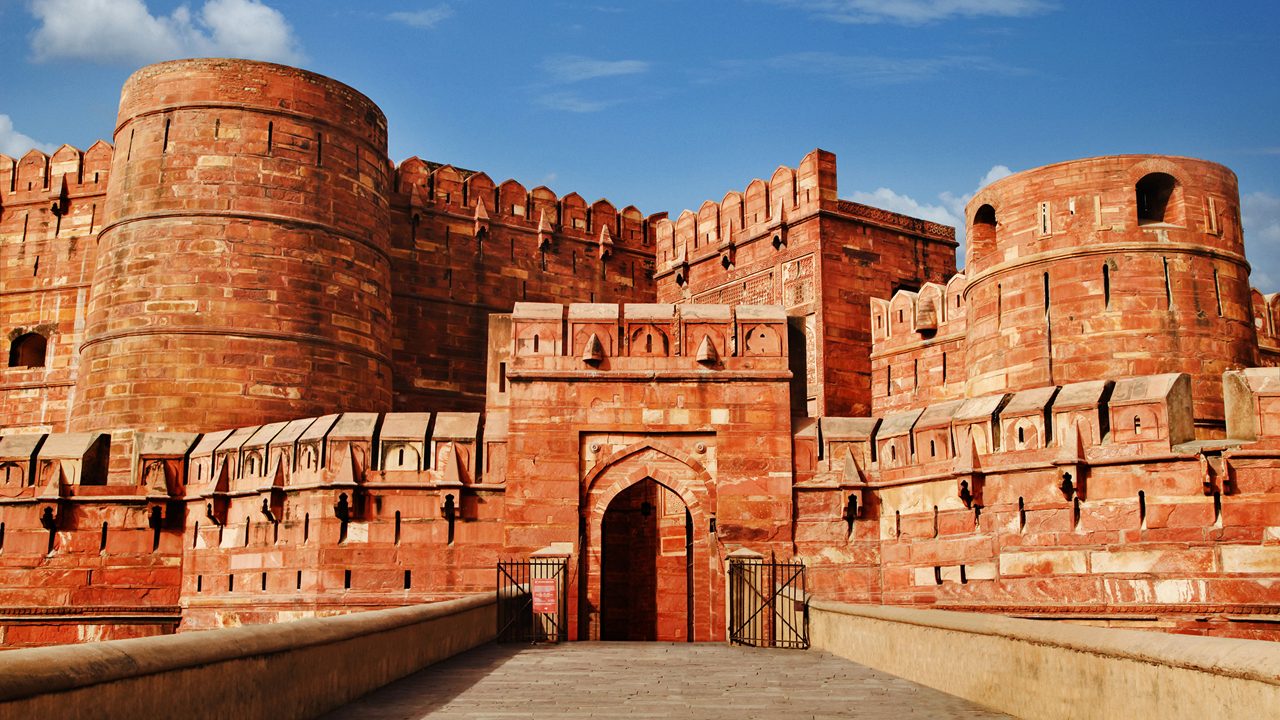
Often overshadowed by the nearby Taj Mahal, Agra Fort is a UNESCO World Heritage Site that embodies the might of the Mughal Empire. Constructed primarily from red sandstone, the fort houses intricate palaces, lush courtyards, and halls of private and public audiences. Within its massive walls, visitors can explore structures like the Jahangir Palace, Khas Mahal, and Diwan-i-Khas, all of which showcase detailed carvings and refined symmetry. The fort’s riverside vantage point offers a mesmerizing view of the Taj Mahal at sunrise.
Akbari Fort and Museum in Ajmer
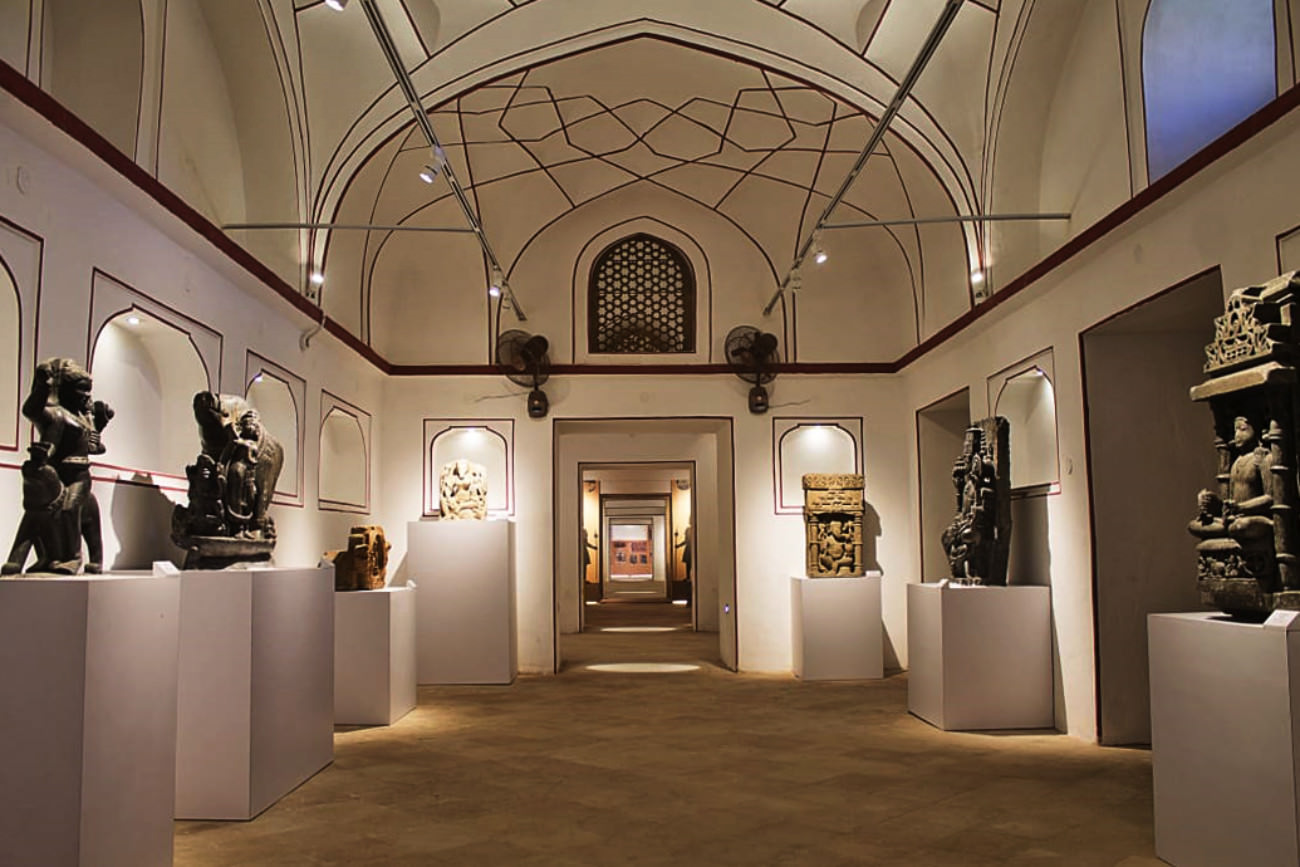
Ajmer’s Akbari Fort stands as a symbol of the unique fusion between Mughal and Rajput styles of architecture. Commissioned by Emperor Akbar in 1570, this historical fort features grand chambers, intricate gateways, and a museum that houses ancient manuscripts, weapons, and artefacts. The museum’s collection offers visitors an authentic look at Mughal-era craftsmanship and Ajmer’s cultural significance during Akbar’s reign.
Akbar’s Tomb in Sikandra
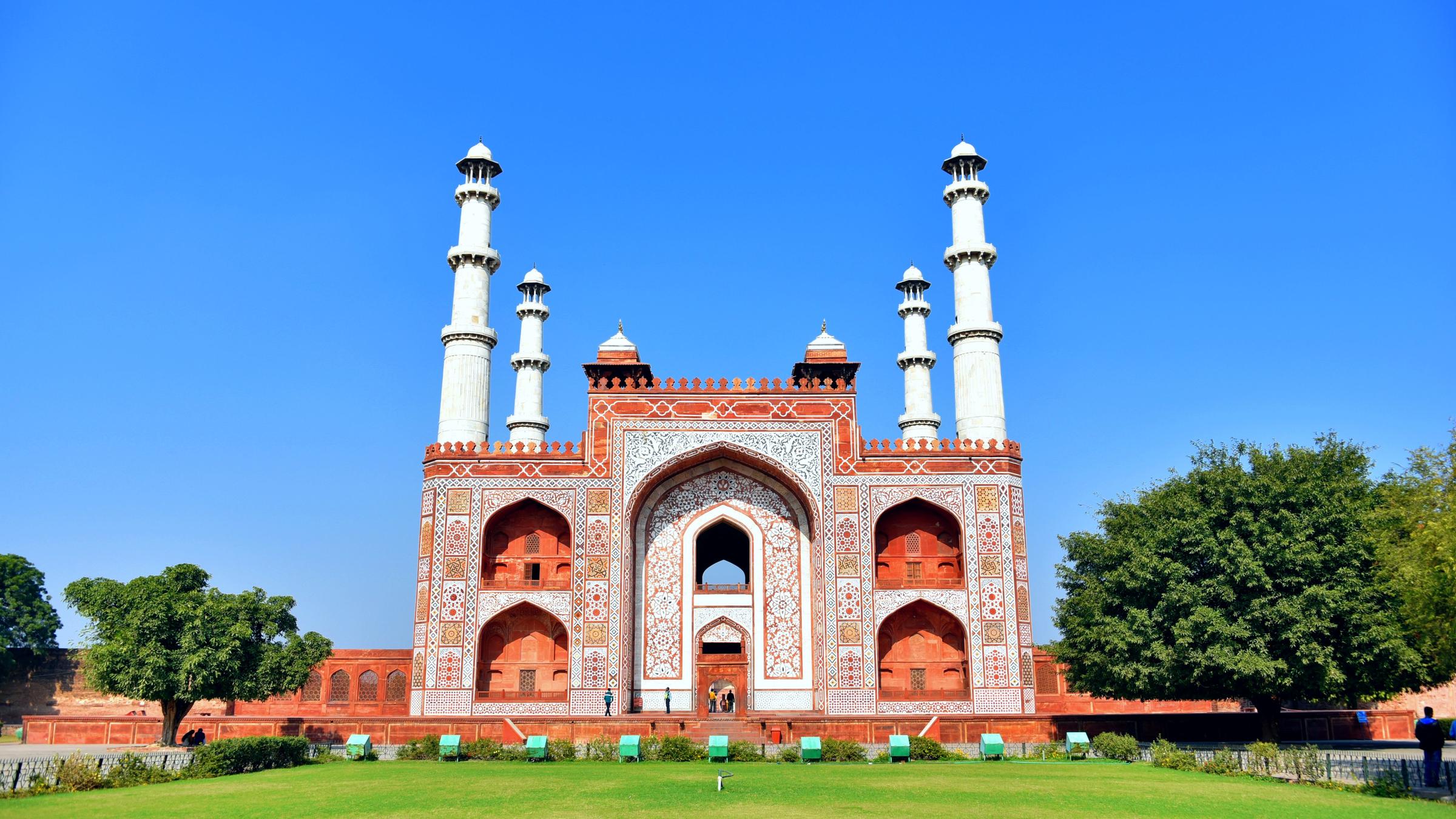
Set amidst lush gardens in Sikandra near Agra, Akbar’s Tomb is a masterpiece of Mughal design and symbolism. The mausoleum reflects Akbar’s vision of architectural harmony, blending Hindu, Persian, and Islamic elements. Built from red sandstone and marble, it stands as a tranquil retreat with ornate gateways, delicate inlays, and a peaceful charbagh layout. The monument’s serene atmosphere makes it one of the most spiritually calming Mughal sites in North India.
Zeenat-ul-Masjid in Delhi
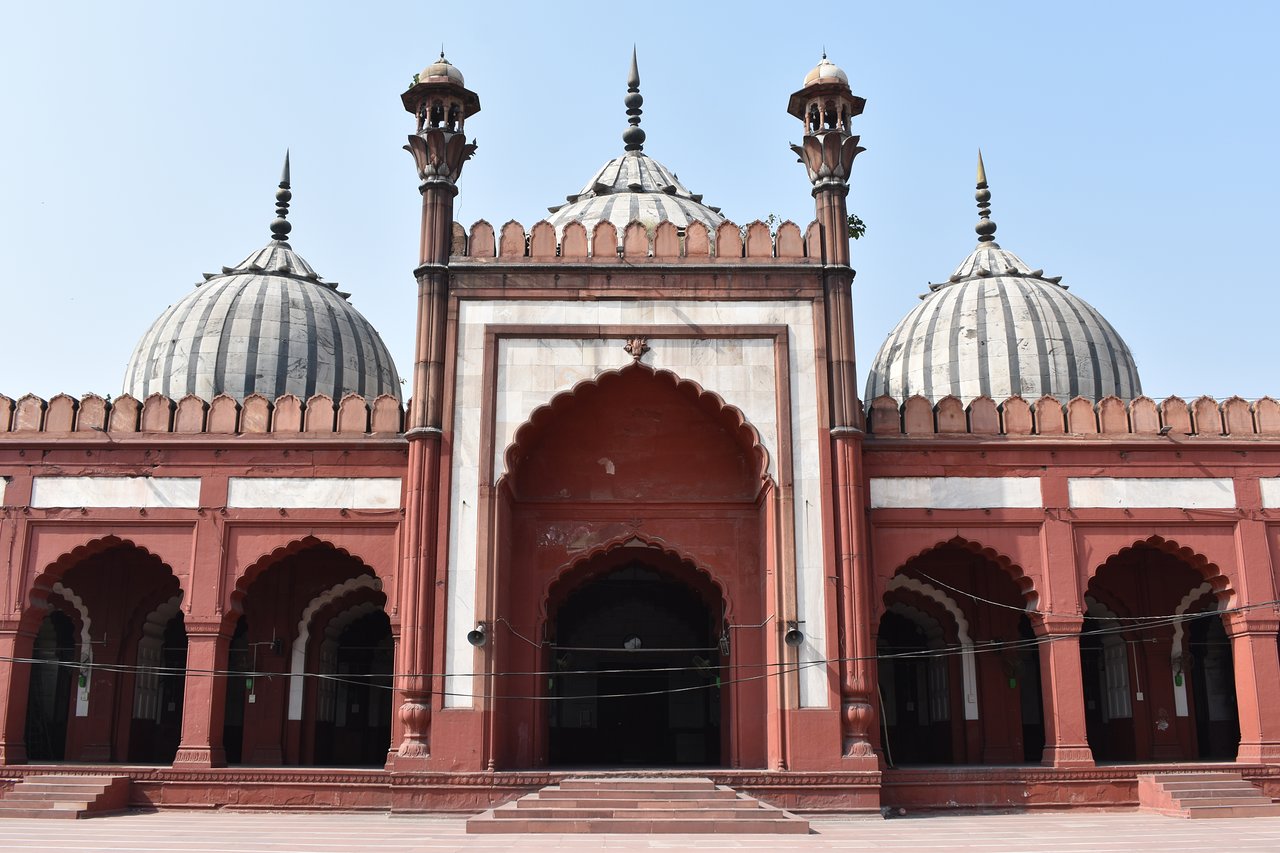
Tucked away near Mehrauli, Zeenat-ul-Masjid is one of Delhi’s most beautiful yet overlooked Mughal-era mosques. Commissioned by Zeenat-un-Nissa, daughter of Emperor Aurangzeb, it boasts elegant domes, fine marble carvings, and slender minarets. The mosque exudes a sense of peace and devotion, offering visitors a glimpse into the refined aesthetics of late Mughal architecture. Its quiet charm makes it a must-visit for history and culture lovers seeking a calm escape in the capital.
From Kashmir’s mountains to Delhi’s heart, these monuments remind us that India’s Mughal heritage extends far beyond its most famous landmarks. Each site tells a story of art, faith, and power — waiting to be rediscovered by those who venture off the beaten path.
Follow Travel Moves on Instagram and Facebook for more heritage travel stories, hidden destinations, and cultural adventures across India.

